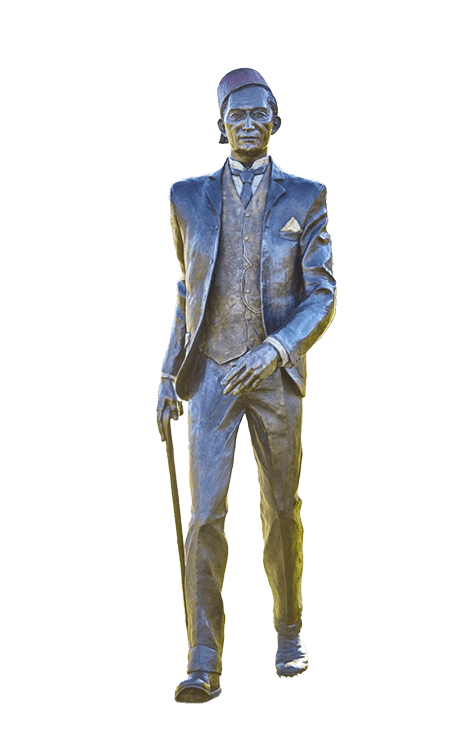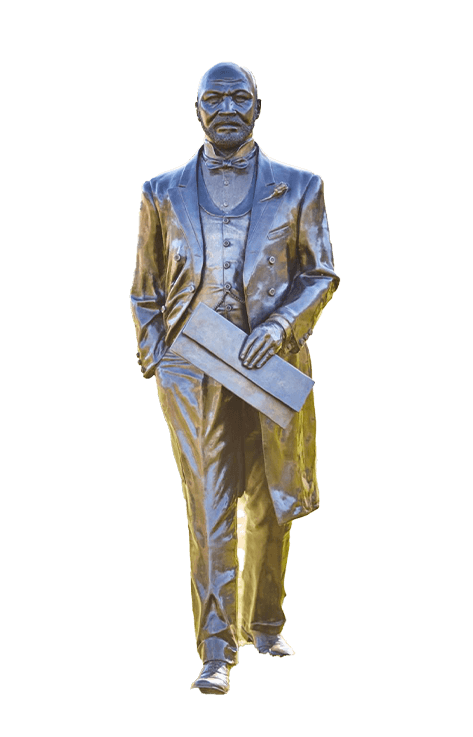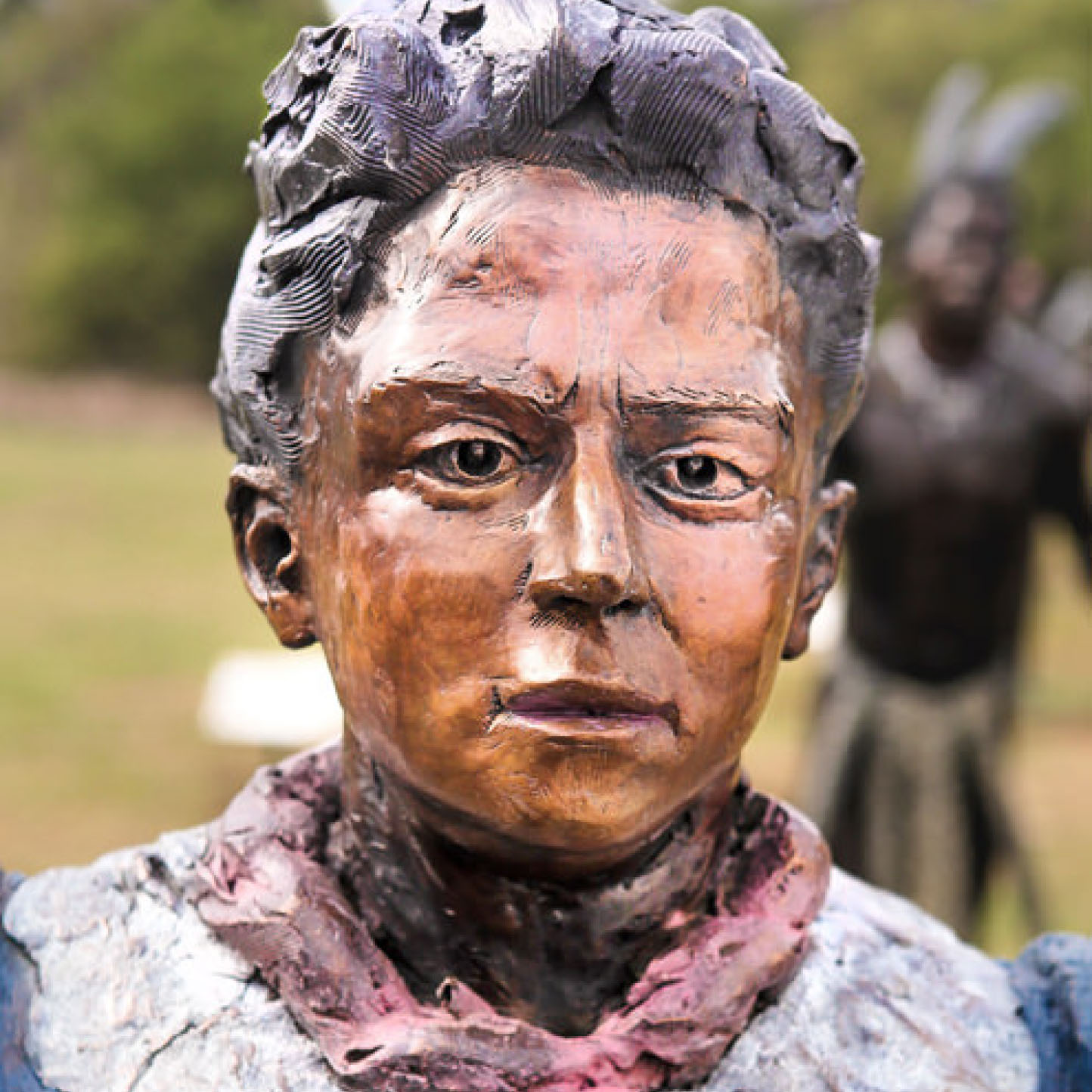
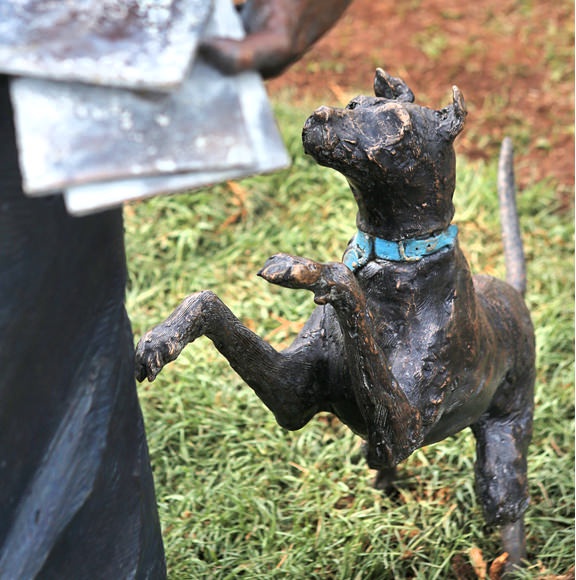
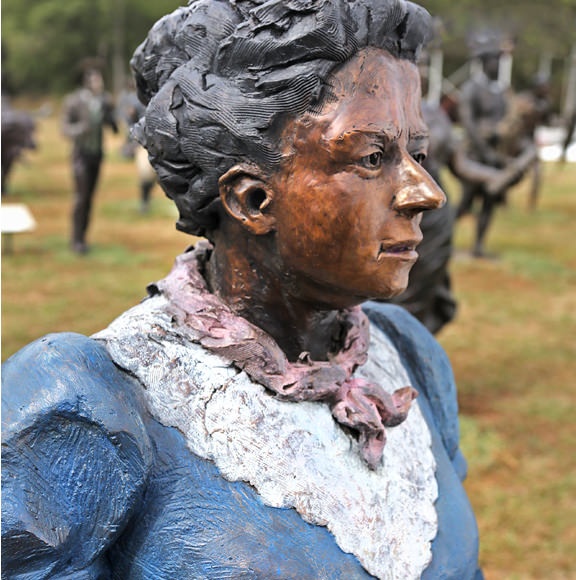
"The vote is a weapon by which the weak may be able to defend themselves against the strong, the poor against the rich."
Olive Schreiner, in 'Women and Labour', published in 1911, considered the ‘bible’ of the early 20th century feminist movement
Olive Emilie Albertina Schreiner
1855 – 1920
Socialist writer and author of some of the earliest feminist works of the 20th Century
Olive Schreiner was born the ninth of twelve children in Lesotho, in 1855.
Her father was a German missionary sent to South Africa by the London Missionary Society, but his failures in mission work and in a number of businesses led to the breakup of the family and Olive's separation from her parents at the age of 12.
Olive Schreiner spent most of her childhood moving between mission stations and received no formal education, yet she became one of the most important and radical social commentators of her day.
From 1874, she worked as a governess for various wealthy Afrikaner families in the Cape Colony and wrote in her free time. By 1880, she had saved enough money to sail to Britain where she hoped to become a nurse. Ill health, however, prevented her from training and she concentrated on her writing, finding a publisher for her landmark novel The Story of an African Farm, written under the pseudonym Ralph Iron. The book's immediate success brought her into contact with a distinguished group of intellectuals, exposing her to England's literary and intellectual elite, and giving her a platform to explore her own social ideas.
She was drawn into the socialist movement while in Britain and became a radical feminist at a time when women were struggling for the vote.
In 1889 Olive Schreiner returned to South Africa to be with her family. A prolific writer, she wrote allegories, social and political treatises, public letters, short stories and novels. By the late 1890s her contentious fiction, public addresses and personal campaigning for causes she believed in, placed her amongst South Africa's foremost critics of British imperialism, domination and racism.
In 1911 she published a feminist treatise titled Woman and Labour, which was well received in Britain and the USA and had a great influence on the suffragette movements in those countries. In 1895, a year after marrying Samuel Cronwright, their only child died 16 hours after being born.
A chronic asthma sufferer, she left for Europe in December 1913 in search of her health and remained abroad for the duration of World War One, enduring considerable abuse in Britain for both her German surname as well as her anti-war views. She returned to South Africa in August 1920 and died in her sleep in a hotel bedroom in Wynberg, Cape Town later that year.
As per her wish, she was entombed, along with her baby daughter and one of her dogs on Buffelskop, on the farm Buffelshoek near Cradock, overlooking the Karoo Desert. Thousands lined the railway track when her body was taken there for burial.
